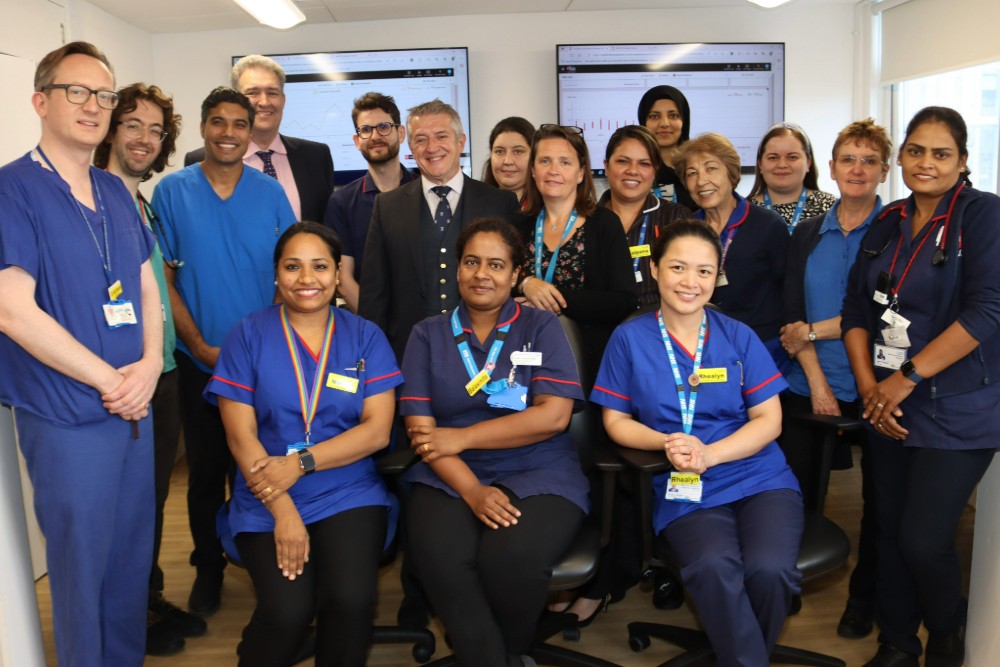
The potential benefit of treating patients with serious conditions from the comfort of their home is far greater than previously thought – and could save the NHS hundreds of millions of pounds whilst delivering better treatment and higher patient satisfaction, a new study has found.
The most in-depth evaluation of the ‘Hospital at Home’ approach to date has revealed that patients who were cared for by West Hertfordshire Teaching Hospitals and Central London Community Healthcare (CLCH) NHS Trusts Virtual Hospital, overwhelmingly preferred it to being cared for in hospital.
It cut hospital admissions by almost three days on average, and looking after patients remotely was 80% cheaper than caring for a patient in hospital.
Crucially, the study is able to demonstrate the economic case for investment in the expansion of Virtual Hospital models, with the potential to free up tens of thousands of beds every day and deliver significant benefits.
Key findings from the independent evaluation, which was based patients admitted to our HAH service between December 2021 and May 2024, include:
- Virtual Hospital Early Supported Discharge patients’ admissions are 2.8 days shorter than comparable controls, on average.
- Patients on Early Supported Discharge have a mean VH stay of 9.3 days, and on Admission Avoidance, 12.4 days.
- VH Care costs around £118.49 per bed day, considerably less than inpatient care of £569.
- Based on reduced length of stay, savings of around £486 per Early Supported Discharge patient, and £3,652 per Admission Avoidance patient are expected.
- Headline savings of £3.83m over the 33 months are estimated (net).
- 95.8% of patients preferred VH care
- 98.3% of patients feel safe under VH care.
- 90-day Mortality was low, at 4.4%, including expected deaths
West Hertfordshire and CLCH established the UK's first virtual hospital during the Covid-19 pandemic, providing a safe alternative to inpatient care for over 5,000 patients and saving countless bed days.
Since then, the programme has evolved to offer heart failure, chronic obstructive pulmonary disease and acute respiratory infection virtual wards.
It works by caring for patients from the comfort of their own homes using monitoring technology and specialist support for doctors.
Commenting on the findings, Matthew Coats, chief executive of West Herts said: “This evaluation underlines the enormous value, impact and benefit of the Hospital at Home approach has for patients, health providers and the taxpayer.
“Not only does it cut admission times and save millions of pounds which can be spent on supporting other vital services, but most importantly it is also a huge hit with patients. They both prefer it to hospitals and feel safe and well looked after being cared for form home.
“The in-depth analysis demonstrates the benefits of local health and care organisations working together to improve outcomes for patients.”
James Benson, CEO at Central London Community Healthcare NHS Trust said: “We welcome the findings of this study with WHTH, which clearly demonstrates how the NHS is changing.
“By working smarter with our partners, we can deliver a much more joined-up service, bringing together community skills with hospital level treatment to transform people’s healthcare.”